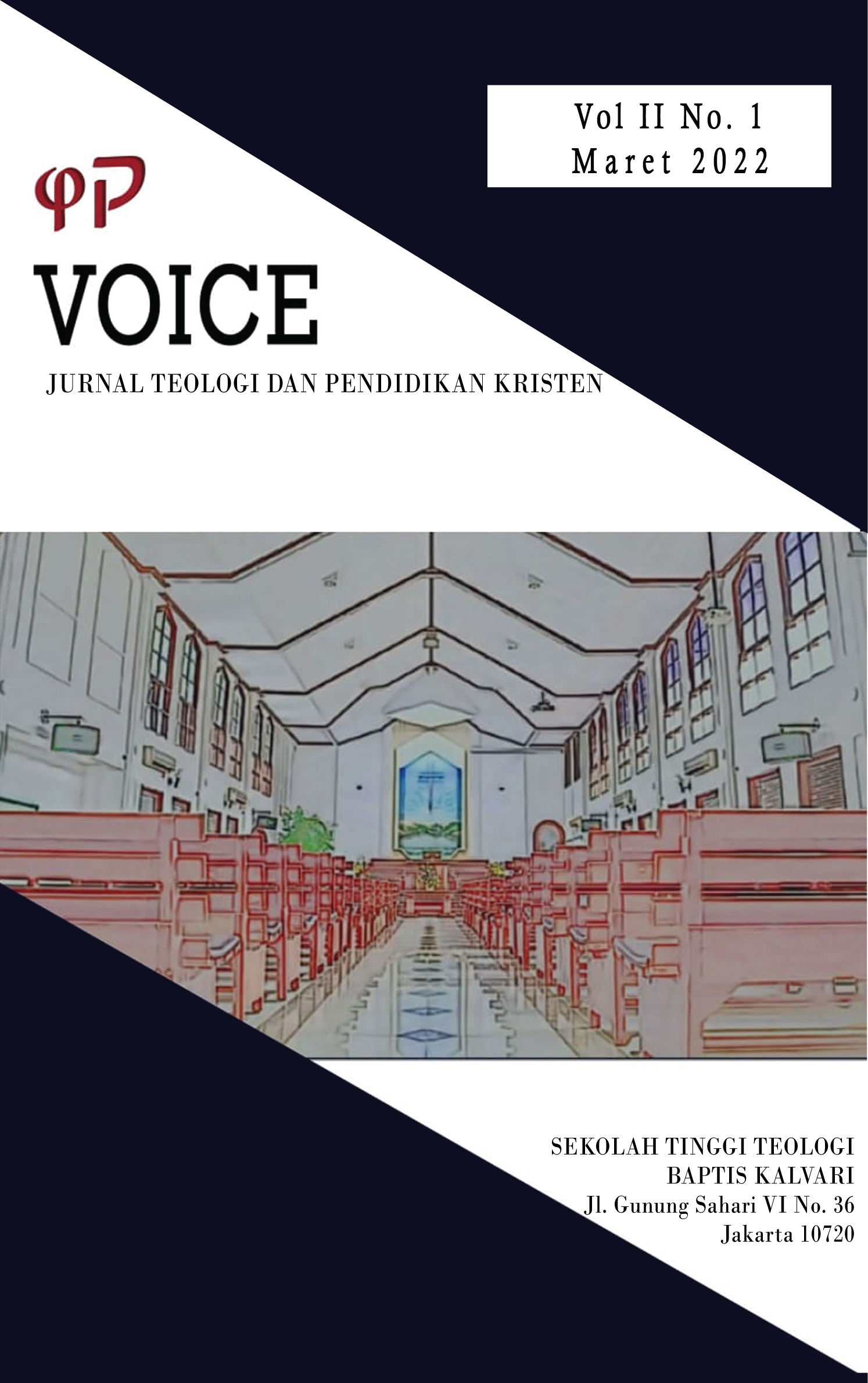The Gap Between Western, Secular-Adjacent Missiology and Animist Cultures
DOI:
https://doi.org/10.54636/4a8vc765Keywords:
western Christianity, Africa, secular-adjacent, syncretism, animistAbstract
Although Christianity has spread and flourished throughout the African continent, discipleship efforts at times have not shown converts how to grow in certain aspects of their newfound faith, which has resulted in syncretism. At the root of the problem is the secular-adjacent philosophical orientation of many missionaries who initially sought to spread Western Christian civilization among animist cultures and failed to address common questions new believers expressed. This article investigates the secularization of Western Christianity and the resulting ontological shifts in worldview. It then analyzes the disparities in enchanted-disenchanted perspectives, the transcendent-immanent dissimilarities in kingdom views, the sacred-secular divisions, and the supernatural-political variances in power-focus between animists and Western missionaries. This examination assists in defining many of the differences between African and secular-adjacent Western Christians and how syncretism was not only possible but became seemingly unavoidable to Africans due to the gaping deficiencies in practical instruction.














